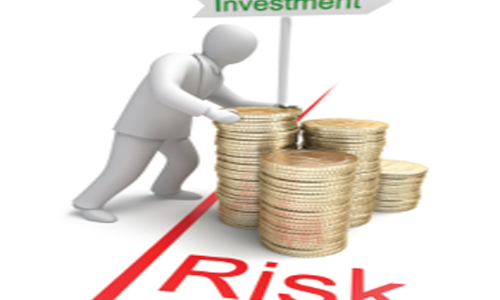Understanding risk in stock market

Whether you are a seasoned trader or a professional trader having expertise in stock market, at some point you are bound to go through some losses Investment in stock market involves an element of risk The risk here is the fear of losing the money when the stock price goes down If there is a group of traders making money consistently there is another group contrary to this who make losses conti
Whether you are a seasoned trader or a professional trader having expertise in stock market, at some point you are bound to go through some losses. Investment in stock market involves an element of risk. The risk here is the fear of losing the money when the stock price goes down. If there is a group of traders making money consistently there is another group contrary to this who make losses continuously.
Generally, the group which makes money consistently is small as opposed to the group of traders who lose money consistently. The difference between these two groups is their understanding of risk and techniques of money management. In the context of stock market, risk is the probability of losing money. This risk can be broadly classified as systematic risk and unsystematic risk.
Let us try to list on few factors responsible for the falling price of a stock
- Diminishing business prospects
- Declining profits
- Increase cost production
- Decrease in market for a product
There could be several other factors. The above-mentioned factors are all risks specific to a company. For example, if you have a capital of one lakh and you decide to invest this in ONGC. Let us suppose few months later ONGC declares that the revenues have declined. Obviously, the stock price of ONGC will fall and you will lose money on your investment. However, this may not affect the stock price of competitors like HPCL, IOCL etc.
This gives a clear understanding that this risk is specifically limited to this company and does not affect its competitors. Risk of losing money in a specific stock because of some internal factors related to the company is termed as unsystematic risk. To avoid unsystematic risk, better alternative would be to have a diversified portfolio which means investing stocks in different companies and probably different sectors for more profits and less risk.
Instead of investing one lakh in one sector, a wise investor would invest in three to four stocks to reduce losses.
Another form of risk is systematic risk. This risk is applicable to all stocks in the market. Factors responsible for systematic risk are enlisted below
- Declining growth in GDP
- Inflation
- Political situation
- Fiscal deficit
The systematic risk affects all stocks. Declining growth in gross domestic product will affect all the diversified stocks. To lower the systematic risk, one needs to hedge. Hedging is a craft technique used to get rid of the systematic risk. It's like protecting yourself with a raincoat or an umbrella on a rainy day.
To conclude, we can minimise unsystematic risk with diversification and systematic risk with hedging. However, we can minimise loss but you can never avoid loss.
(Sneha Latha - The author is a homemaker who dabbles in stock market investments in free time)




















